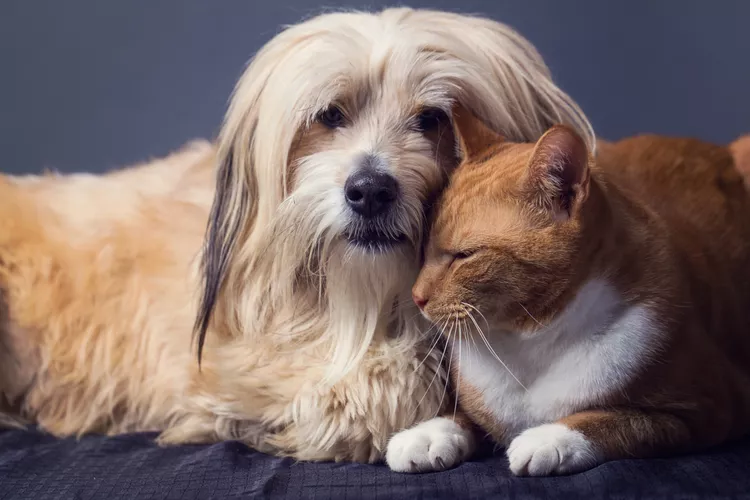Using Phenobarbital to Treat Cats for Seizures

Phenobarbital is the medication that is most commonly used to treat seizures and epilepsy in cats. It is a barbiturate medication that acts as an anticonvulsant. As an anticonvulsant, it is used to prevent recurrent seizures. Phenobarbital acts by decreasing the activity in the brain cells (neurons) that cause the seizures to occur.
Because it is a barbiturate, phenobarbital is a controlled drug and can only be obtained with a prescription from your pet's veterinarian. However, phenobarbital is readily available and is relatively inexpensive.
Phenobarbital Dosage
It is also relatively easy to measure the level of phenobarbital in your cat's blood, making it possible to be certain that your pet is receiving the proper dosage of phenobarbital. Phenobarbital blood levels should be monitored periodically to make certain that your pet is receiving the correct dosage.
When your cat is first started on phenobarbital, you may notice that your pet is uncoordinated, unsteady on its feet, or acts as though it is a bit intoxicated. This is a temporary effect and usually resolves as your cat adjusts to the phenobarbital dosage. If the effects are drastic, your veterinarian may ask you to decrease the dosage at least temporarily.
It is also very important to never miss a dose. Missing a dose may cause your pet to have a seizure. Try very hard to keep on a regular schedule. If you forget, give the dose as soon as possible. If it is almost time for the next dose, skip the missed dose, and continue with the regular schedule. Do not give the pet two doses at once.
Potential Side Effects
Phenobarbital, like all medications, can have some side effects. However, phenobarbital is generally a reasonably safe drug. Higher dosages are more likely to produce serious side effects than lower dosages. Potential side effects are impaired coordination, sedation, lethargy, or restlessness. These side effects are usually temporary and resolve within a few weeks of starting phenobarbital.
Longer lasting signs include an increase in thirst, an increase in urine volume, and an increase in appetite. Cats receiving phenobarbital should have their weight monitored and should be fed to avoid an increase in weight leading to obesity.
A less frequent but more serious potential side effect of phenobarbital is liver disease. Cats receiving phenobarbital need to have their blood monitored periodically for signs of liver disease. Signs you may see at home with liver disease include vomiting, diarrhea, lack of appetite, and/or icterus (yellow coloration of the gums and skin). If you notice these signs in your pet, contact your veterinarian immediately.
Tapering Phenobarbital
If your cat is receiving phenobarbital, it is important not to withdraw the medication suddenly. Sudden withdrawal can cause a serious seizure episode known as status epilepticus. Essentially, status epilepticus is a seizure that does not end. It is a life-threatening situation that requires immediate veterinary care to save your pet's life. If phenobarbital needs to be discontinued, it should be withdrawn slowly by gradually decreasing the dosage over a period of months.